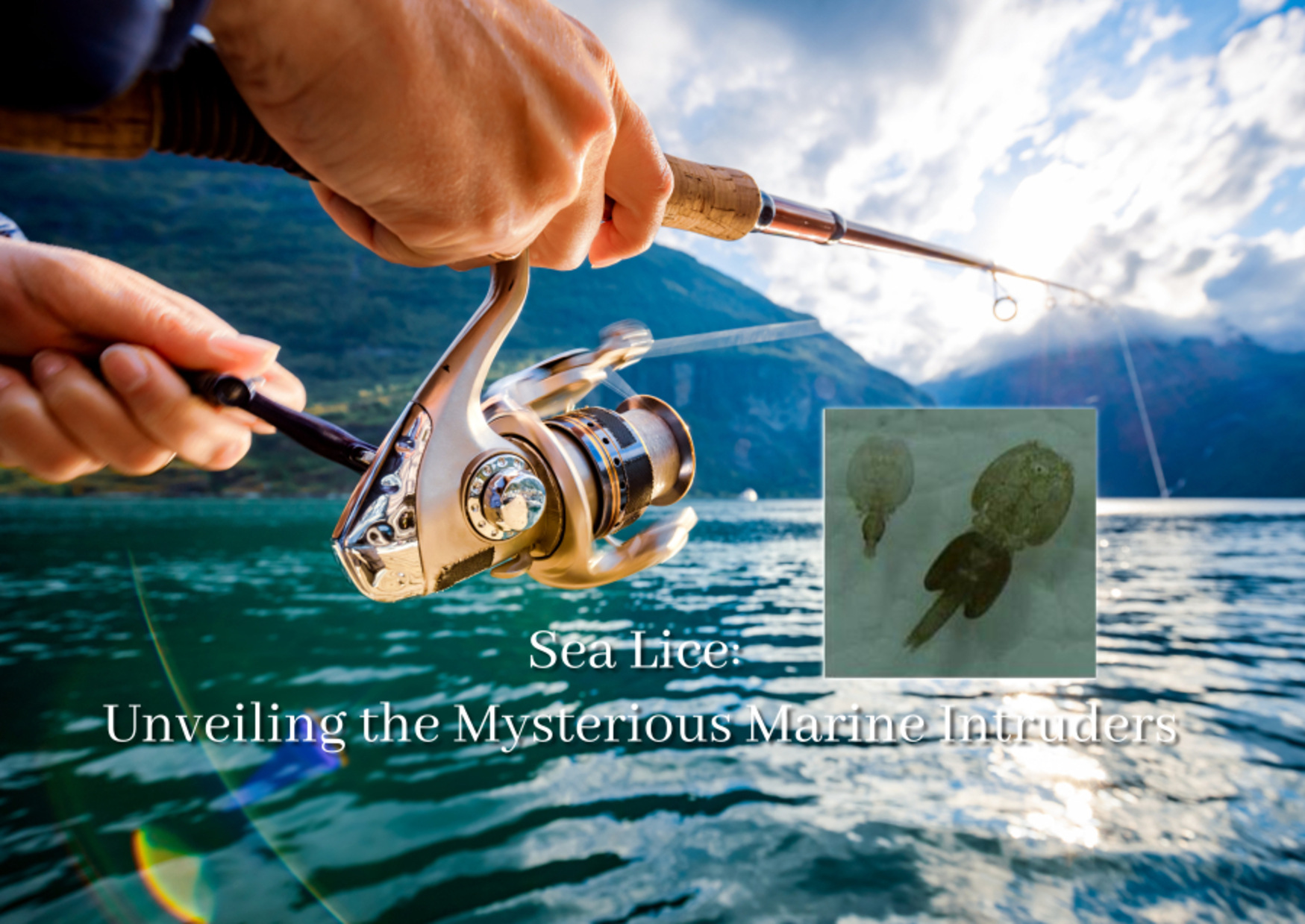Imagine taking a refreshing swim in the ocean, feeling the soothing touch of water against your skin, only to find yourself experiencing an irritating sensation. Could it be sea lice? In this article, we will delve into the world of sea lice, exploring their life cycle, environmental impact, relationship with aquaculture, health risks, ongoing research, and management strategies. By the end, you’ll have a clearer understanding of these fascinating creatures and the complexities surrounding them.
Life Cycle of Sea Lice
Sea lice, scientifically known as Lepeophtheirus salmonis and Caligus rogercresseyi, are parasitic copepods that infest marine environments worldwide. Understanding their life cycle is crucial to comprehend their impact. Sea lice undergo several stages of development, starting from eggs that hatch into larvae, progressing into copepodids, and finally reaching the adult stage. Throughout this process, they attach themselves to hosts such as fish, where they feed and reproduce. Factors like water temperature, salinity, and host availability influence their growth and development.
Environmental Impact
While sea lice play a natural role in marine ecosystems, their proliferation can have detrimental effects. As parasites, they latch onto the bodies of various marine organisms, including fish. Heavy infestations can weaken fish, compromising their immune systems and leaving them susceptible to infections and diseases. Sea lice infestations have been particularly problematic for farmed salmon, leading to economic losses in the aquaculture industry. The transmission of sea lice between farmed and wild fish populations also poses a threat to wild salmonids.
Sea Lice and Aquaculture
Aquaculture facilities, such as fish farms, often face significant challenges in managing sea lice infestations. The close proximity of farmed fish creates an environment conducive to rapid sea lice transmission. Traditional methods of control, including chemical treatments, have become less effective due to the development of resistance in sea lice populations. Fish farmers have turned to innovative approaches, such as biological controls and cleaner fish, to combat infestations and minimize the environmental impact of treatments.
Health Risks for Humans
Contrary to popular belief, “sea lice” encountered by humans in the ocean are not the same as the parasitic copepods discussed earlier. The term “sea lice” has been mistakenly used to describe the irritation caused by certain larvae or jellyfish larvae. When these larvae come into contact with human skin, they can cause discomfort and itching. To minimize such irritation, it is advisable to rinse off with fresh water after swimming in areas where these larvae may be present.
Research and Management
Scientists, fish farmers, and environmental organizations are actively involved in researching sea lice and developing management strategies. Ongoing studies aim to understand the biology and behavior of sea lice better, enabling the development of targeted prevention and control methods. Collaboration between various stakeholders is crucial to finding sustainable solutions that balance the needs of aquaculture with the preservation of marine ecosystems.
In conclusion, sea lice, although often misunderstood, are fascinating creatures with a significant impact on marine environments. Their life cycle, environmental implications, and challenges faced by the aquaculture industry provide ample avenues for research and collaboration. By continuing to study sea lice and implementing innovative management practices, we can strive for a harmonious coexistence between aquaculture and the delicate balance of our oceans.
FAQs (Frequently Asked Questions)
- Q: Are sea lice harmful to humans?
- A: Sea lice infestations in humans are often a misnomer. The irritation experienced by swimmers is usually caused by larvae or jellyfish larvae, not parasitic copepods.
- Q: How can fish farmers control sea lice infestations?
- A: Fish farmers employ various methods to manage sea lice, including biological controls, cleaner fish, and innovative treatment approaches to minimize the impact on fish health and the environment.
- Q: What is the ecological role of sea lice?
- A: Sea lice play a natural role in marine ecosystems by parasitizing various marine organisms. However, excessive infestations can have negative consequences for host organisms, particularly fish.
- Q: Is there ongoing research on sea lice?
- A: Yes, scientists are actively studying sea lice to gain a deeper understanding of their biology and behavior. This research contributes to the development of effective prevention and control strategies.
- Q: Can sea lice infestations affect wild fish populations?
- A: Yes, sea lice can transmit between farmed and wild fish populations, posing a threat to wild salmonids. Efforts are being made to mitigate this risk and protect wild fish stocks.


